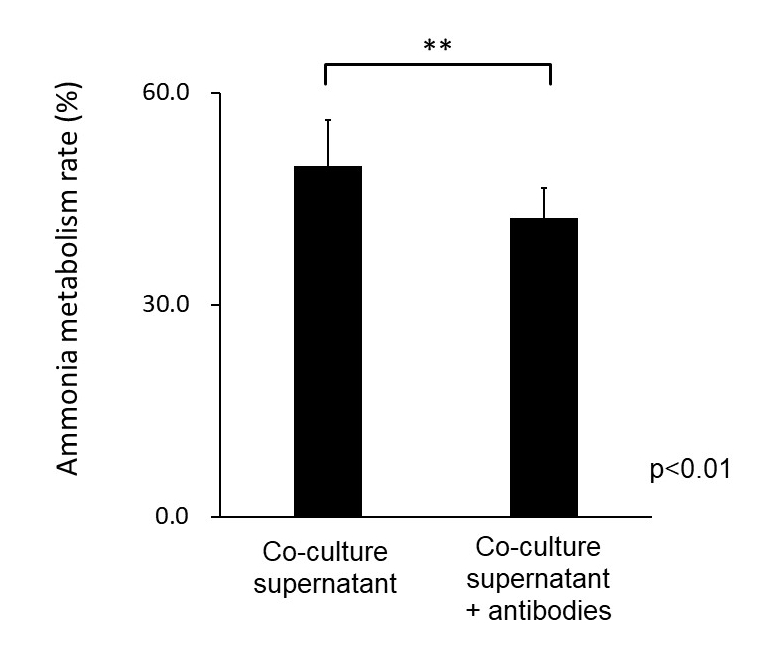Hiroki Yamana, Japan has been granted the Young Investigator Congress Scientific Award
Co-transplantation with adipose tissue-derived stem cells improves engraftment of transplanted hepatocytes
Hiroki Yamana1, Akiko Inagaki2, Takehiro Imura2, Yasuhiro Nakamura3, Hiroyasu Nishimaki1, Takumi Katano2, Kazuo Ohashi4, Shigehito Miyagi1, Takashi Kamei1, Michiaki Unno1, Masafumi Goto1,2.
1Department of Surgery, Tohoku University Graduate School of Medicine, Sendai, Japan; 2Division of Transplantation and Regenerative Medicine, Tohoku University Graduate School of Medicine, Sendai, Japan; 3Division of Pathology, Tohoku Medical and Pharmaceutical University, Sendai, Japan; 4Graduate School and School of Pharmaceutical Sciences, Osaka University, Osaka, Japan
Background: Hepatocyte transplantation is expected to be an alternative therapy to liver transplantation. However, poor engraftment is a severe obstacle to be overcome. The adipose tissue-derived stem cells (ADSCs) are known to secrete various factors to provide a growing environment, and improve engraftment of transplanted pancreatic islets, which have many similarities to the hepatocytes. Therefore, we examined the effects and underlying mechanisms of ADSC co-transplantation on hepatocyte engraftment.
Methods: Hepatocytes and ADSCs were obtained from F344 rat. In a study of in vivo model, the analbuminemic rats which are syngeneic to donor rats were used as recipient rats, and the serum albumin levels were quantified to evaluate the hepatocyte engraftment. To examine the effect of ADSC co-transplantation, hepatocytes and ADSCs were co-transplanted into the renal subcapsular space and liver. Hepatocytes and ADSCs were separately transplanted into the right and left renal subcapsular space to investigate the effect of the proximity between both cells. In transplantation into the liver, fluorescent staining to trace transplanted cells in the liver were also performed. To identify the factors that promote the engraftment, an in vitro study was performed. The ammonia metabolic assay was analyzed to examine the effect of ADSC co-culture on hepatocyte function. The co-cultured supernatants were analyzed by a multiplex assay to identify the factors which are secreted by ADSC, and inhibition test using neutralizing antibodies for target factors was also performed.
Results: The serum albumin levels in the renal subcapsular space and liver (Figure 1) were significantly higher in the case of co-transplantation with ADSCs (p<0.001, p<0.001).
In the separately transplantation model, the serum albumin levels were significantly decreased, suggesting that close proximity between hepatocytes and ADSCs was necessary to exert this effect. Also, in the transplantation into the liver, approximately 50% of transplanted hepatocytes were attached by ADSCs in the liver. In an in vitro study, the hepatocyte function was significantly improved by ADSC co-culture (p<0.001). The multiplex assay revealed that hepatocyte growth factor (HGF), vascular endothelial growth factor (VEGF), and interleukin-6 (IL-6) may be key factors for improving the hepatocyte function, and the inhibition test demonstrated that the neutralizing antibodies for above three factors suppress the abovementioned effects of ADSCs (Figure 2).

Conclusion: The present study revealed that ADSC co-transplantation can improve the engraftment of transplanted hepatocytes. This effect was only seen when ADSCs and hepatocytes were in close proximity, and may be based on crucial factors, such as HGF, VEGF, and IL-6, which are secreted by ADSCs.

right-click to download
